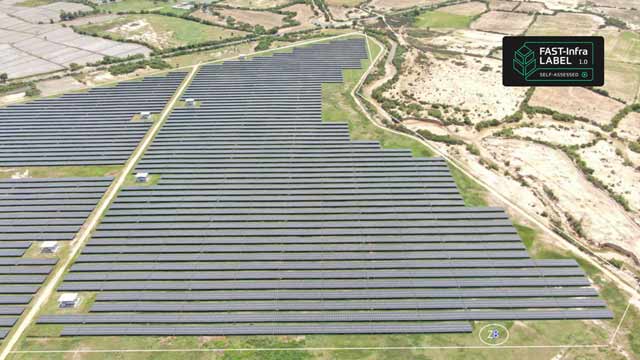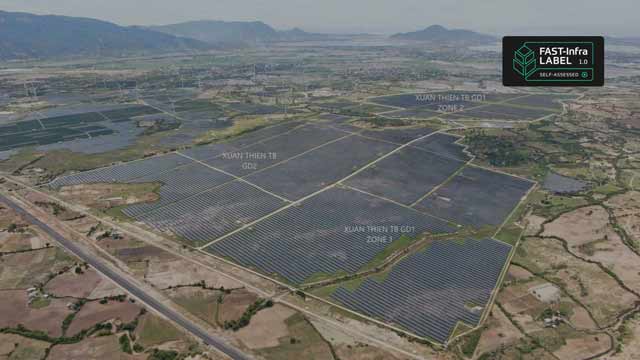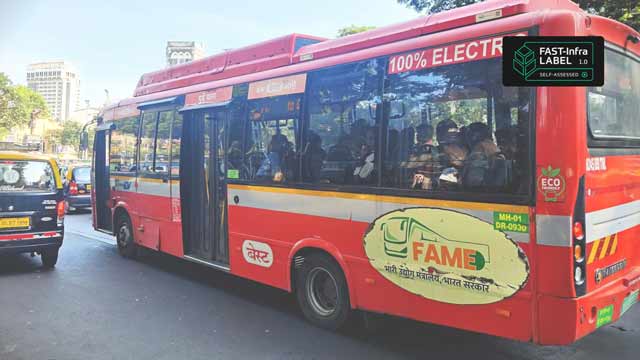
How can sustainable infrastructure contribute to Protection and Enhancement of Biodiversity & the Natural Environment?
What’s a Rich Text element?
The rich text element allows you to create and format headings, paragraphs, blockquotes, images, and video all in one place instead of having to add and format them individually. Just double-click and easily create content.
H1
H2
H3
H4
H5
H6


Static and dynamic content editing
A rich text element can be used with static or dynamic content. For static content, just drop it into any page and begin editing. For dynamic content,

add a rich text field to any collection and then connect a rich text element to that field in the settings panel. Vsadsadsdasdasdasdasdoila!
- A rich text element can be used with static or dynamic content. For static content, just drop it into any page and begin editing. For dynamic content, add a rich text field to any collection and then connect a rich text element to that field in the settings panel. Voila!
- t to that field
- t to that field
-
How to customize formatting for each rich text
How to customize formatting for each rich text
How to customize formatting for each rich text
Headings, paragraphs, blockquotes, figures, images, and figure captions can all be styled after a class is added to the rich text element using the "When inside of" nested selector system.
Sustainable infrastructure development plays a pivotal role in safeguarding biodiversity and the natural environment. The impact of infrastructure development is extremely project and site specific. The expansion of linear transport infrastructure, such as roads and railways, has far-reaching consequences for biodiversity and the natural environment. It can lead to landscape fragmentation, disrupting ecological connectivity—the unimpeded movement of species and natural processes.
“Disruption results in habitat degradation, fragmentation, and loss, while also creating physical barriers that impede wildlife movement and ecological flows. Moreover, infrastructure development contributes to pollution, the spread of invasive species and changes in ecological processes (for example, hydrological cycles), affecting rare and vulnerable species. Even sustainability oriented initiatives such as wind-turbines may kill airborne animals like birds and bats, including endangered species. This in turn has consequences across the food chain and can cause lasting damage on ecosystems and the services they provide” – Juanita Olano Marín
The FAST-Infra Label includes rigorous criteria relating to the Protection and Enhancement of Biodiversity & the Natural Environment in infrastructure projects. Project site selection and design must prioritise the avoidance and minimization of adverse impacts, as well as the improvement of biodiversity, ecosystem services and ecological connectivity to achieve a positive contribution to the natural environment, particularly in critical habitats.
Singapore's Park Connector Network is one such positive example. Singapore is a densely populated urban environment with limited space for nature. However, the city-state has made significant efforts to integrate green infrastructure into its urban landscape. The Park Connector Network is a system of walking and cycling paths that connect parks, nature reserves, and green spaces throughout Singapore. These connectors often incorporate wildlife-friendly features such as bird hides and wetland restoration. This network enhances biodiversity by creating green corridors that allow wildlife to move freely between fragmented habitats. It also provides recreational opportunities for residents and reduces urban heat island effects. Singapore's green initiatives have resulted in a more sustainable and liveable city.
Similarly, the Kinabatangan River in Sabah, Malaysia, is home to rich biodiversity, including orangutans, pygmy elephants, and proboscis monkeys. However, agricultural expansion and logging threatened the wildlife habitat. The Sabah government, along with conservation organisations, established the Kinabatangan Corridor of Life Initiative. This project involved reforesting and connecting fragmented habitats to create a continuous wildlife corridor. By restoring and preserving vital wildlife corridors, the initiative has allowed species to move freely between isolated forest patches, increasing genetic diversity and ensuring the long-term survival of endangered species. Additionally, it has promoted eco-tourism, benefiting local communities economically.
“We are in a moment where the construction and development sector is beginning to be conscious of the multifaceted impact of infrastructure projects. The FAST-Infra label hopes to provide confidence in the impact of assets on the natural environment by providing a simple, practical framework to communicate credentials. It is a landmark initiative to build a bridge between the private infrastructure development sector and experts in conservation and biodiversity. By doing so, we can build a sustainable future where infrastructure harmonizes with nature rather than disrupts it.” – Juanita Olano Marín
Sustainable infrastructure development is a global imperative. Decision-makers, planners and infrastructure developers must strike a delicate balance between the socio-economic benefits of infrastructure and the vital need to not only preserve healthy ecosystems, ecological connectivity, and biodiversity but also achieve both financial and the physical resilience around infrastructure assets.
Explore the FAST-Infra Label framework here.
With Inputs from
Juanita Olano Marín
Consultant for biodiversity for infrastructure
Global Infrastructure Basel (GIB) Foundation


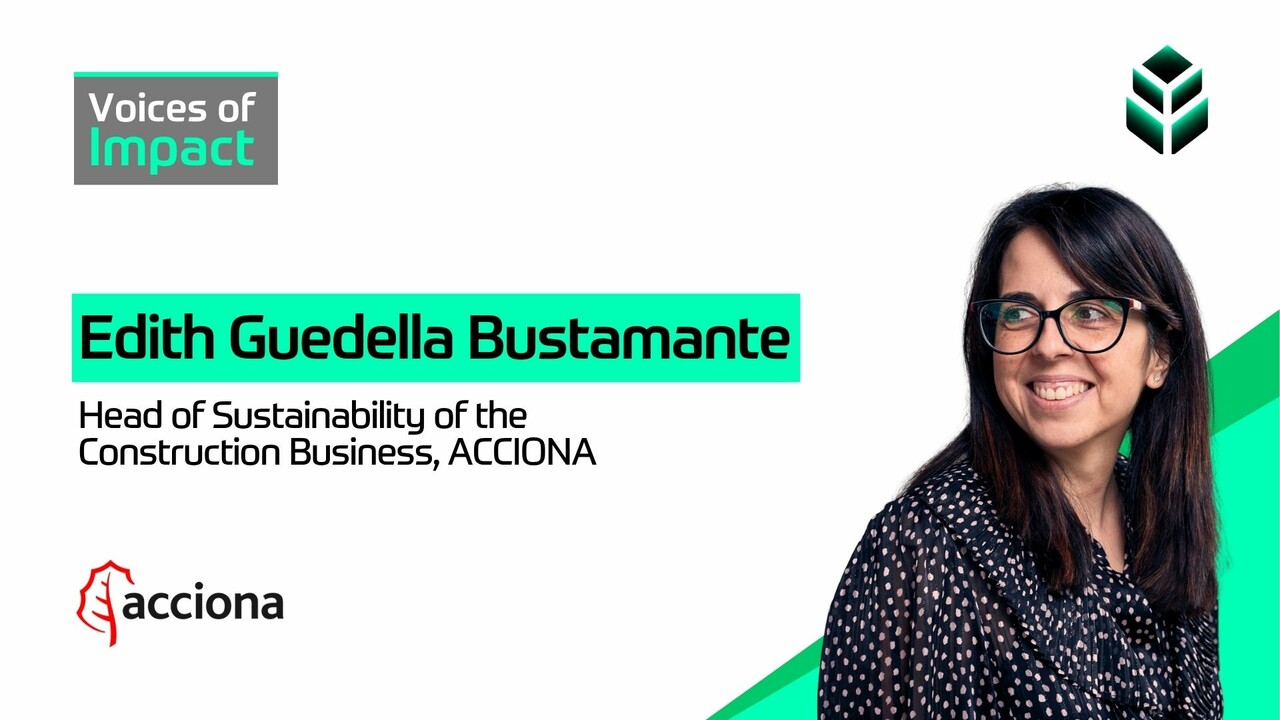



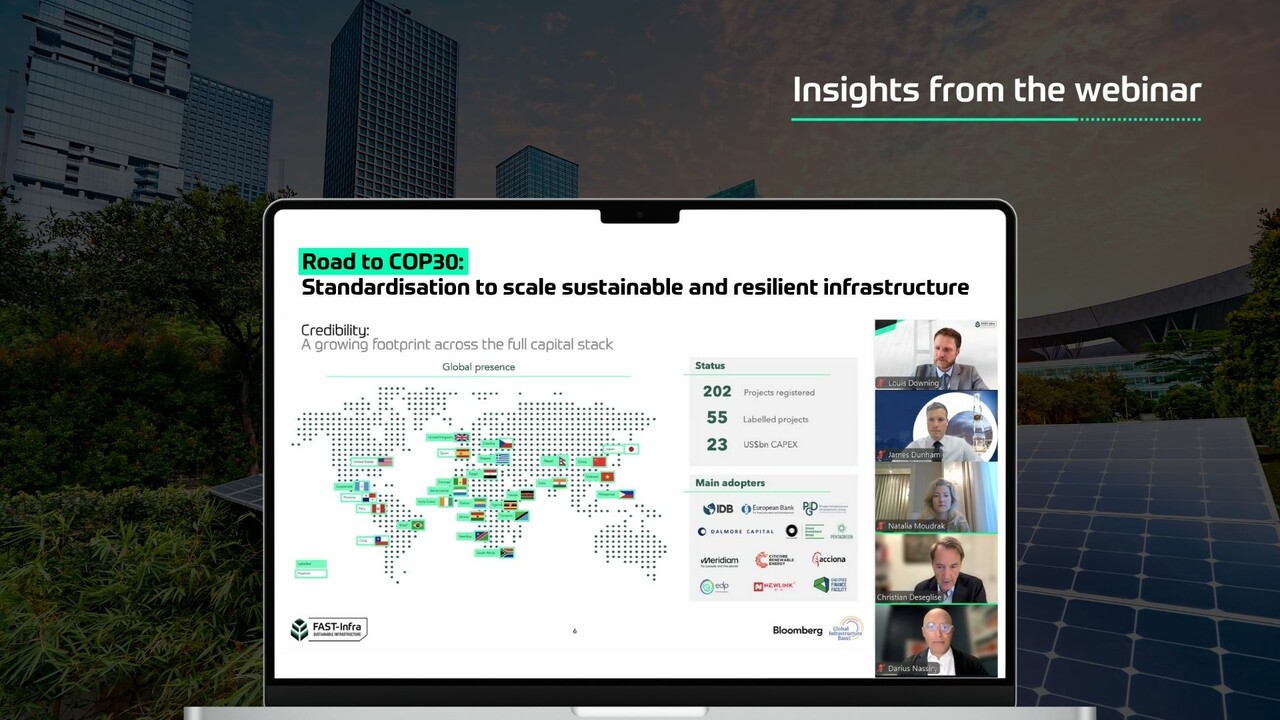





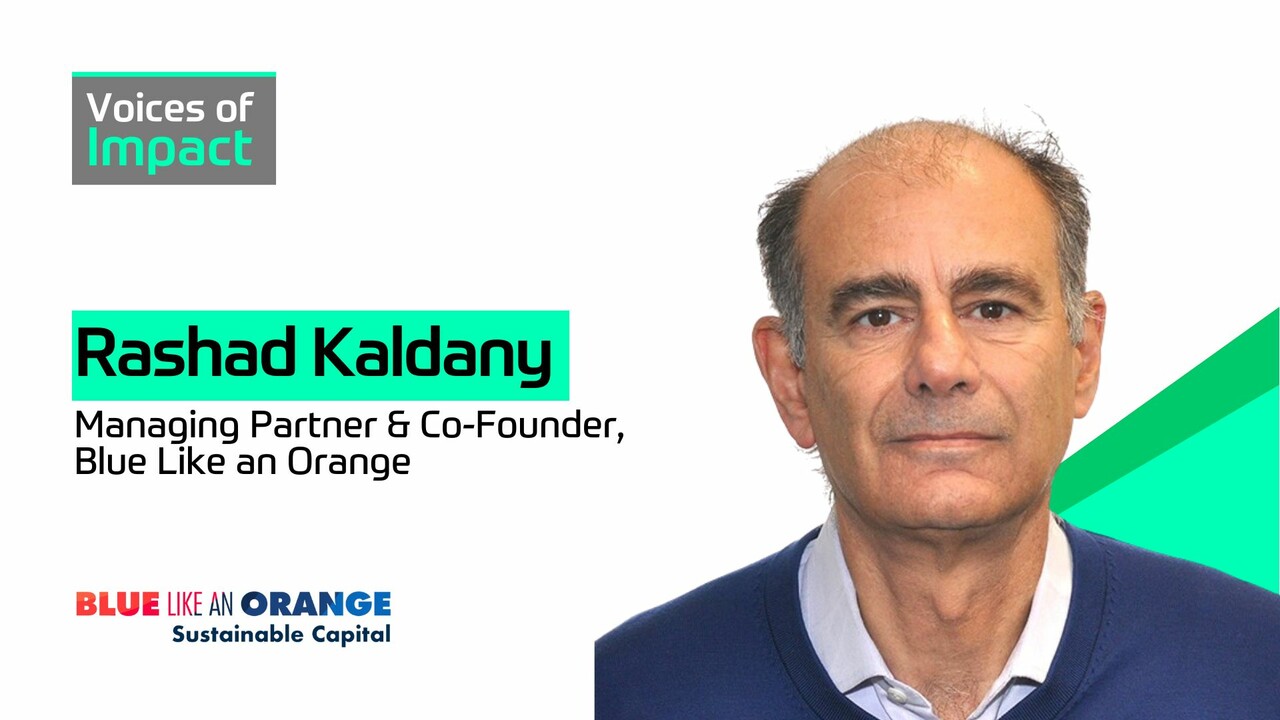

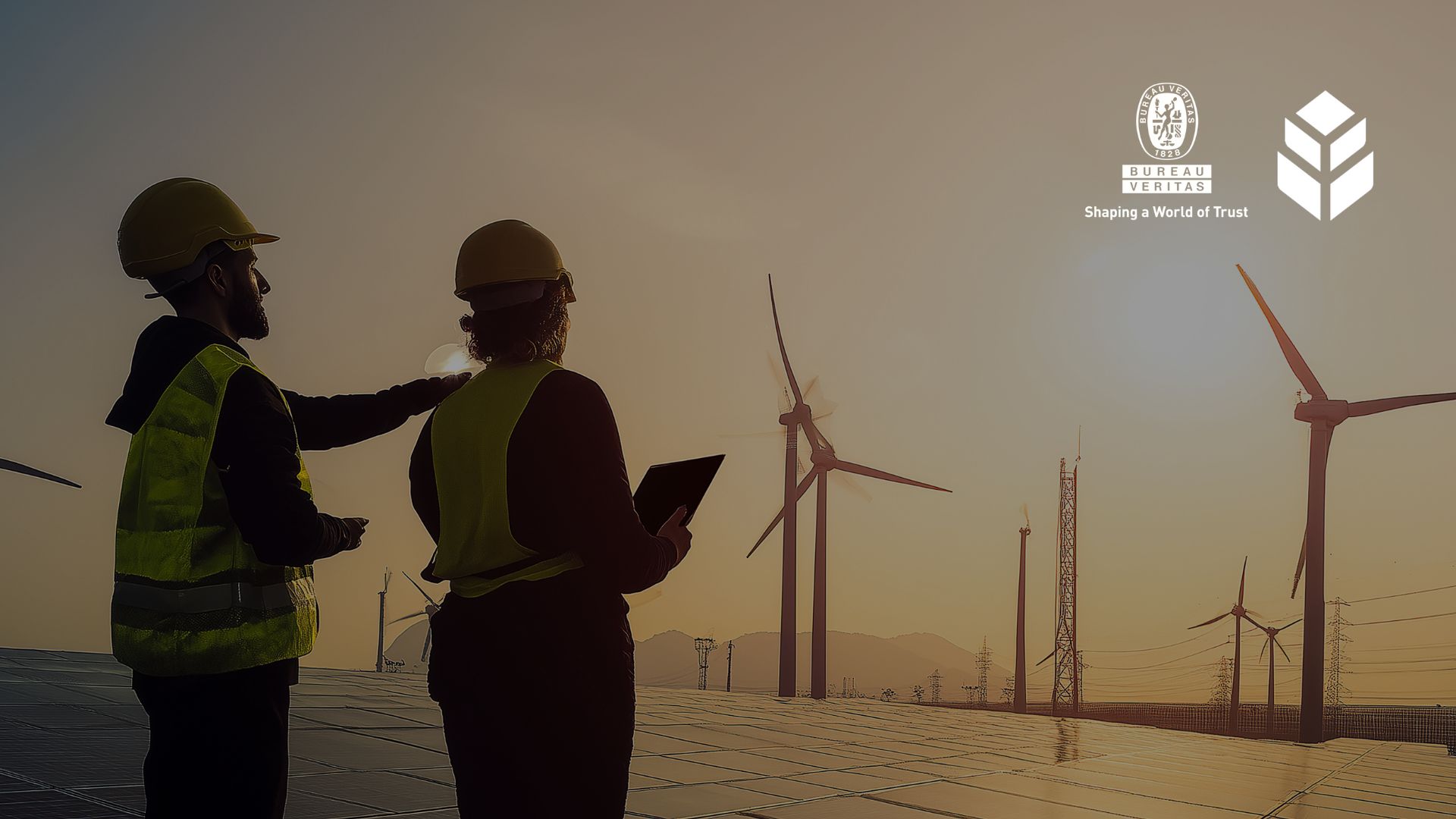
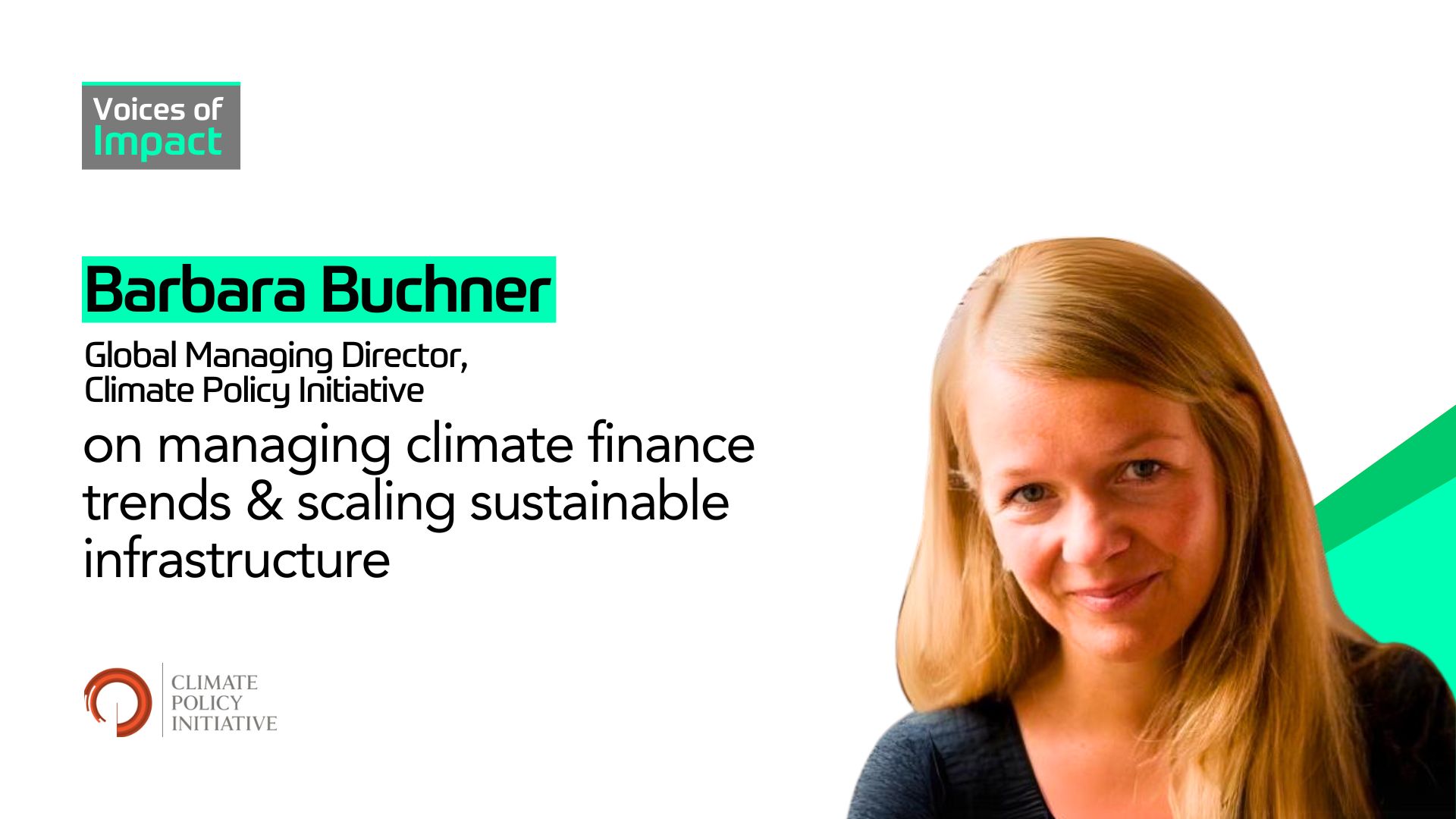
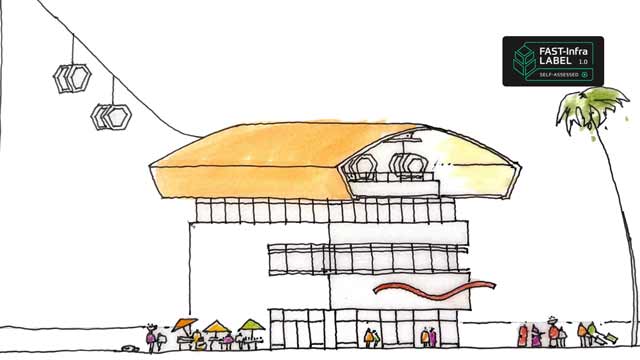






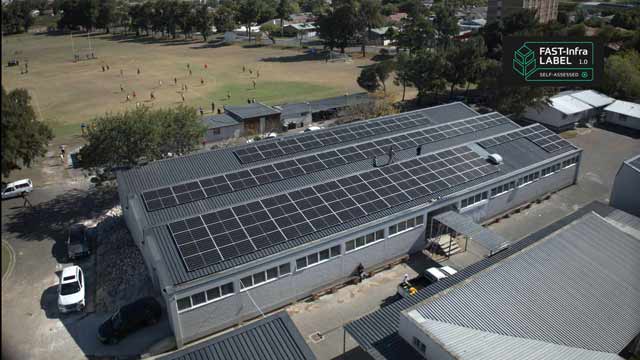

.jpg)


.jpg)


.jpg)
.jpg)
.jpg)
.jpg)
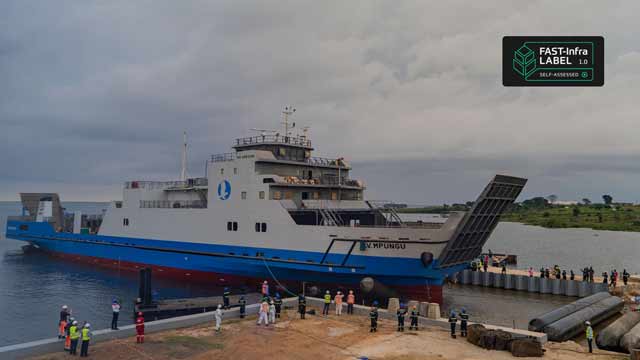
.jpg)




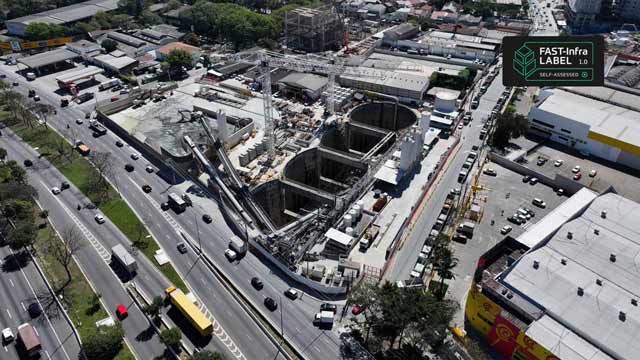




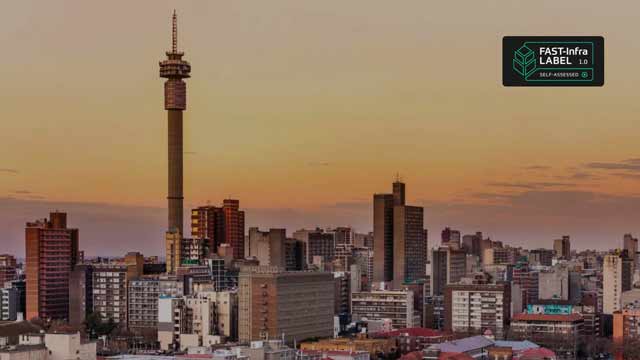








.webp)
.webp)


